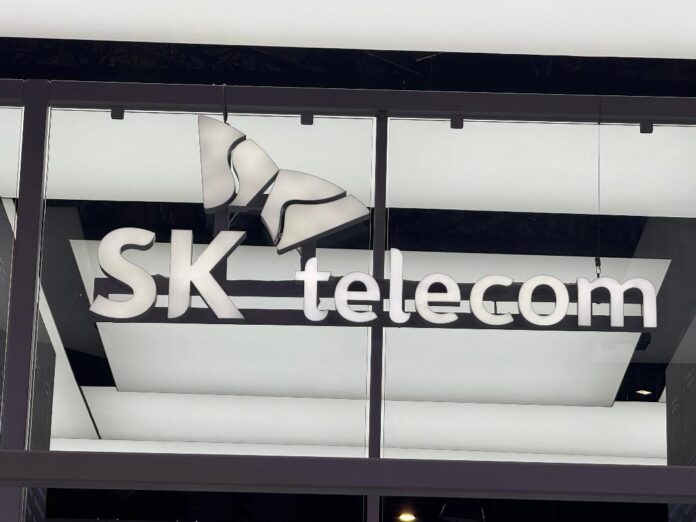SK Telecom said AX 3.1 Lite offers Korean language capabilities on par with its larger sibling, AX 4.0 Lite, which has 72 billion parameters
In sum – what to know:
SKT goes open source – SK Telecom released AX 3.1 Lite, a mobile-friendly Korean LLM, to an open-source AI hub to promote collaboration and open development.
Built for efficiency – The 7B-parameter model offers strong performance with lower power needs, optimized for mobile deployments and language-heavy apps like call assistants.
Korean LLM expertise – Developed from scratch, the model showcases SKT’s long-term investment in sovereign LLMs and local AI talent, with benchmark scores rivaling much larger models.
Koran carrier SK Telecom (SKT) has taken another step in its AI strategy by releasing AX 3.1 Lite, a compact large language model (LLM) designed for mobile applications, to the open-source AI hub Hugging Face, according to a Korean press report.
The new model, featuring 7 billion parameters, builds on the AX 3.0 Lite previously used in SKT’s A-dot AI call assistant and is part of the telco’s ongoing efforts to optimize LLMs for smartphones.
SK Telecom said AX 3.1 Lite offers Korean language capabilities on par with its larger sibling, AX 4.0 Lite, which has 72 billion parameters. The lightweight version achieved strong benchmark scores — 96% on the Korean language KMMLU2 test and 102% on CLIcK3, which measures cultural understanding, according to the report.
The company emphasized that AX 3.1 Lite was developed from scratch in-house, a continuation of a strategy that began in 2018.
The Korean carrier said the model will enable companies to deploy more efficient, power-conscious AI systems directly on mobile devices, especially where localised language processing is critical.
The model’s release via Hugging Face aims to encourage community feedback and collaboration, the reprot added.
Through its “AI Infrastructure Superhighway” and “AI Pyramid Strategy” initiatives, the Asian telco is investing heavily in AI data centers, cloud-based GPU services and edge computing to support the growing demands of AI applications and services.
At the core of SK Telecom’s AI ambitions is the development of an “AI Infrastructure Superhighway,” a strategic initiative focused on three main components:
-AI Data Centers (AIDCs): The carrier is constructing hyperscale AI data centers across South Korea, each designed to exceed 100 megawatts in capacity. These facilities aim to serve as central hubs for AI processing and storage, supporting both domestic and international AI workloads.
-GPU-as-a-Service (GPUaaS): To democratize access to high-performance computing, the company has launched a cloud-based GPU service. This platform allows businesses and developers to utilize powerful GPU resources on-demand, facilitating AI model training and deployment without the need for significant upfront hardware investments.
-Edge AI: Recognizing the importance of low-latency processing, the Asian telco is expanding its edge computing capabilities. By integrating AI processing closer to data sources, such as mobile devices and IoT sensors, the company aims to enhance real-time data analysis and decision-making across various applications.
SK Telecom previously said it experienced solid revenue growth in its artificial intelligence (AI) businesses, such as AI data centers (AIDC) and AI transformation (AIX), during the first quarter of the year.
In the first quarter, SK Telecom’s AIDC business recorded a 11.1% year-on-year increase, driven by increased data center capacity and utilization rates. AIDC is set to accelerate its push into hyperscale AIDC in the mid to long term, SK Telecom said.
In the AI services domain, the cumulative user base of the ‘A.’ (A-DoT) service surpassed 9 million. Meanwhile, ‘Aster’ (A*), SK Telecom’s global AI agent service, launched open beta testing in the U.S. at the end of March. The service is being continuously refined based on user feedback, with an official release scheduled for the second half of this year.
Last year, SK Telecom had announced its ambition to become a global artificial intelligence company by strengthening its own AI competitiveness and cooperating with partners globally.

